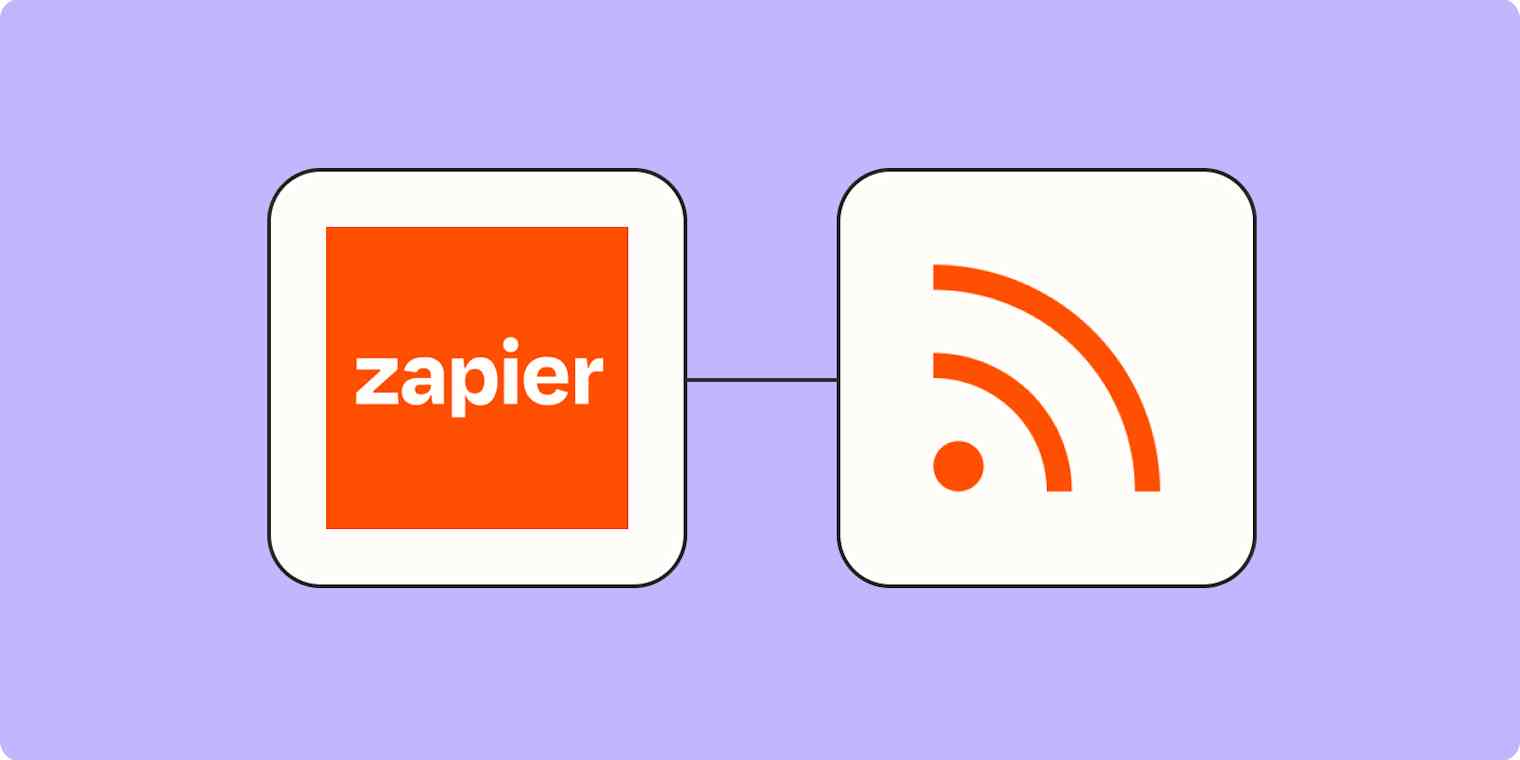Zapier tutorials
10 min readJob hunting? Streamline your job sources in an RSS feed with Zapier.
By Krystina Martinez · December 20, 2023

Get productivity tips delivered straight to your inbox
We’ll email you 1-3 times per week—and never share your information.
Related articles
Improve your productivity automatically. Use Zapier to get your apps working together.







